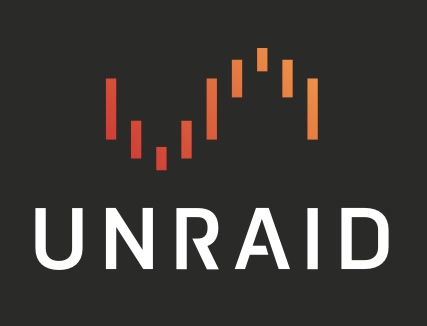

the 2.5" size of disks are now mostly direct USB controller disks rather than sata adapters internally.
3.5" disks are still SATA as far as i’ve seen but the actual sku’s of the disks are often the lower grades. like you will get a disk that looks like another good disk but with only 64mb of dram instead of 256 on the one you would buy as a bare internal drive for example so they can end up a bit slower. and warranties are usually void.


I use Plexamp for that, Jellyfin does it too. You can assign libraries per user quite easily.
So for 3 users you might have 4 libraries, one per user then a shared library they all have access to.